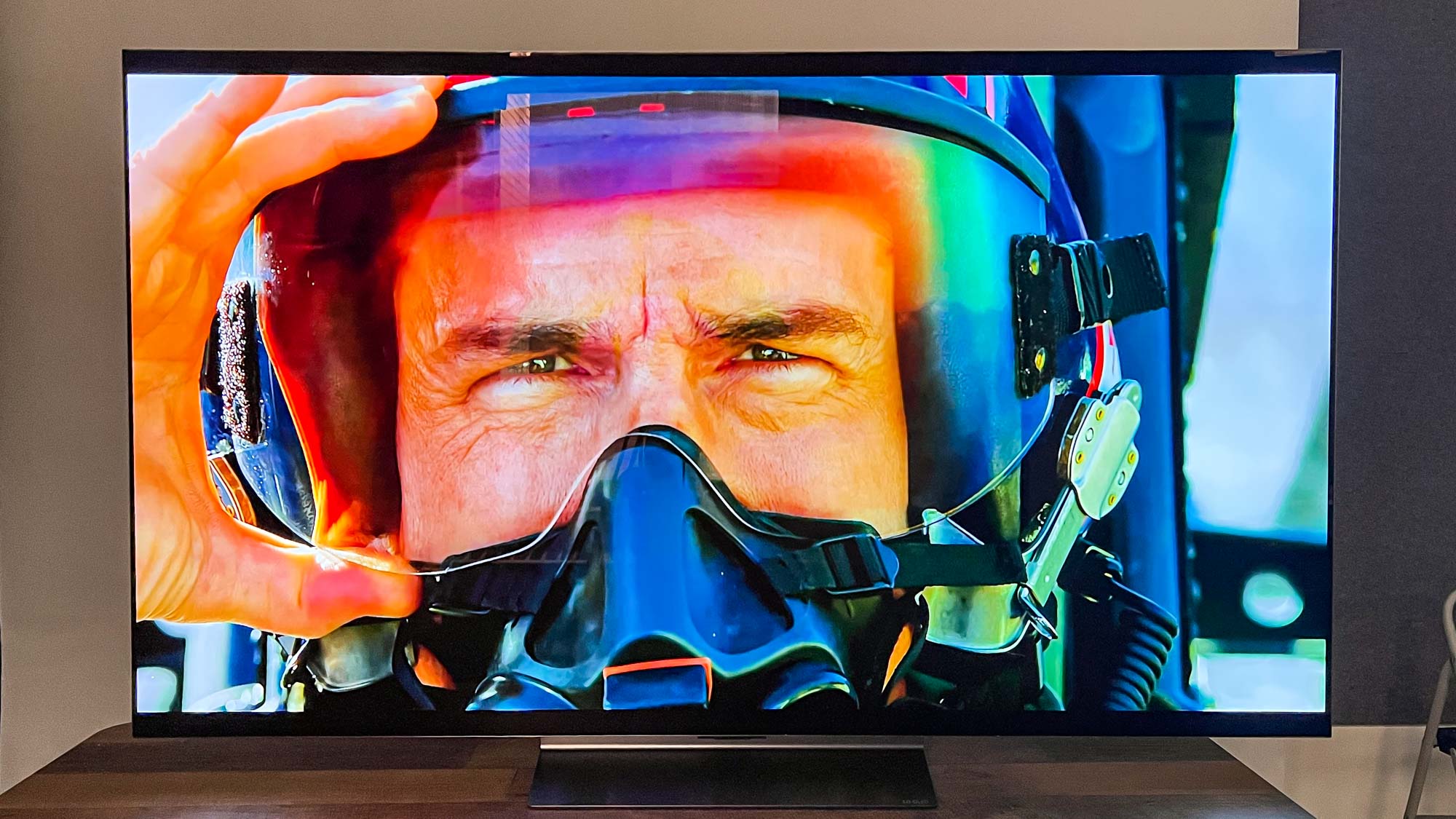
Even the best OLED TVs come with several downsides, main among them being the problematic burn-in effect which occurs over prolonged use — but that might soon be a thing of the past.
Research headed up by the University of Cambridge and published in Nature highlights newly designed ultra narrowband blue emitters that bypass energy transfer limits, which are directly linked to burn-in on traditional OLED TVs — cheap models or not.
These blue emitting diodes designed by the researchers leverage an emissive core insulated with alkylene straps as opposed to high-gap matrices, ensuring that blue OLEDs used in TVs and other devices curtail unnecessary levels of energy transfer.
Although it's still early in the research phase, this molecular design process for blue emitting diodes could bring about an end to prolonged burn-in on OLED TVs, as well as making such panels on devices far more energy efficient.
A farewell to OLED burn-in
Burn-in is a conundrum on practically most TV sets but rears its ugly head arguably the most on OLED panels due to pixel degradation which can be caused by leaving a static image on the screen for too long. In short, OLED burn-in was a major issue on older models, but has largely been amended via improved chemical properties and underlying software upgrades.
It’s still quite an issue that leaves many buyers questioning if OLED TVs are worth it — and it’s a valid question, given their immense price points. While several modern sets over the past year or so have added protective measures to combat the threat of OLED burn-in, such as a pixel cleaning cycle, it’s still an issue that has yet to be fully resolved.
Until now, perhaps, as researchers at the University of Cambridge put forward a new molecular strategy that uses blue light emitting diodes that produce such light at the narrowband spectrum. Through this method, manufacturers won’t have to rely on high energy gap matrix components, which are typically used to suppress energy transfers between the emitter module and the sensitizer.
"More broadly, it has been suggested that the unsatisfactory stability of current blue MCHF OLEDs is directly linked to the population of terminal emitter triplets21, making the new strategy outlined here for suppressing Dexter transfer highly relevant."
Nature
Blue OLEDs are notorious for being the most constraining light emitting diode on the spectrum, but are absolutely necessary on all RGB displays — hence the “B.” The aforementioned energy transfer between the sensitizer and emitter module is typically the main cause behind issues with blue OLEDs, but this new process could bring an end to this conundrum and make OLED panels more energy efficient in the process.
Could this new breakthrough potentially lead to burn-in resistant OLED displays? Definitely not any time soon, but the likelihood is certainly present if said research proves to be viable at the manufacturing level. However, this could also lead to even more expensive OLED TVs, and technologies like QD-OLED, MLA and even PHOLED panels might already be answers to the constraint of OLED burn-in.







